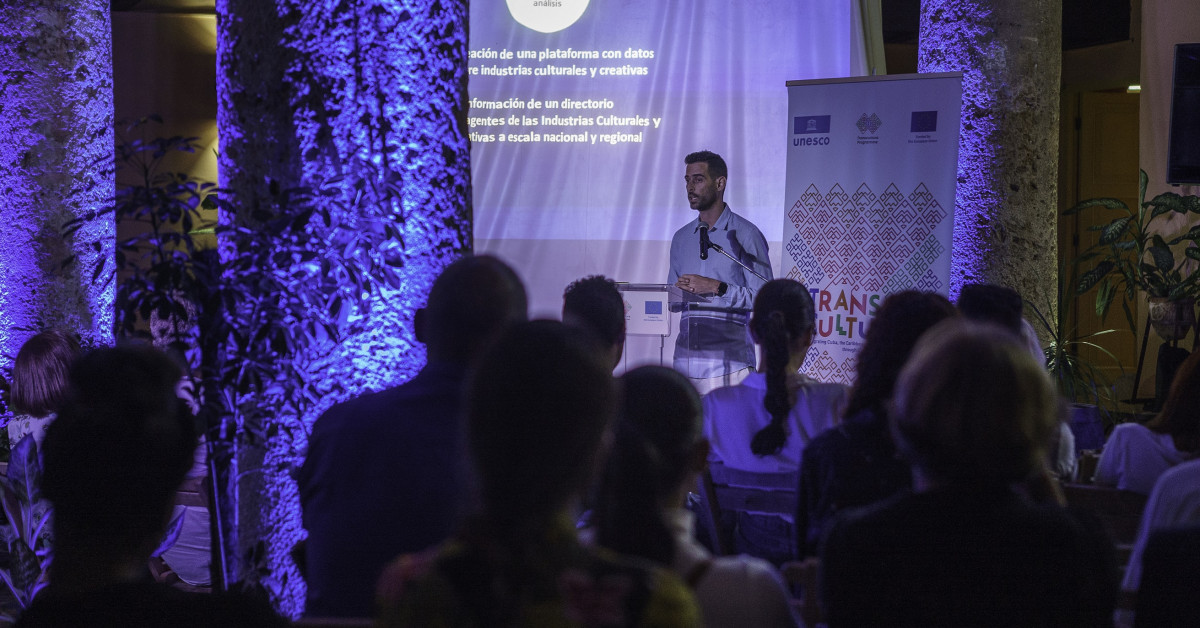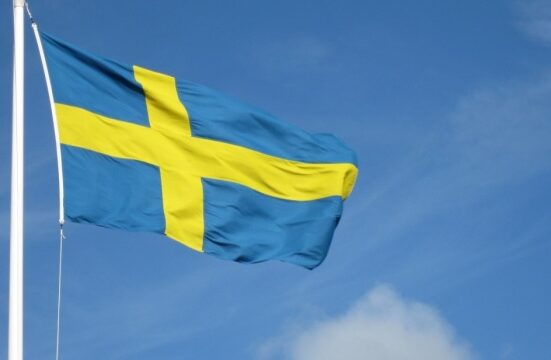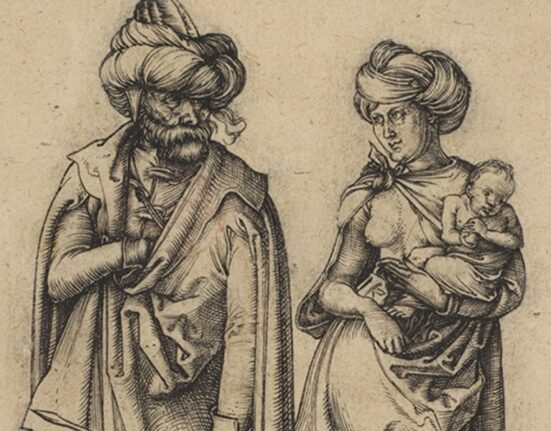Among the resources identified in the study are the crafts and folk art of the village of Noailles in Croix de Bouquets in Haiti; the Maya archaeological site of Caracol, once the largest Maya centre, in Belize; the music festivals in Santo Domingo; the Shirley Heights lookout nature trail overlooking the harbours of English and Falmouth in Antigua and Barbuda; the colourful masked ball in Montserrat, with rituals dating back to the mid-nineteenth century; or the Culturama Nevis Festival in Saint Kitts and Nevis that celebrates local music and traditions.
The study acknowledges the potential of these and other cultural resources to boost sustainable tourism in the Caribbean and contribute to the economic growth of countries whose economies are highly dependent on the development of this sector. Integrating culture into the tourism offer, the report argues, not only promotes the long-term preservation of Caribbean heritage but also creates an attractive and sustainable destination for future generations.
The launch of the study was attended by over a hundred representatives from the Cuban tourism sector, including authorities and private companies, as well as young entrepreneurs from the Cultural and Creative sectors and members of the diplomatic community in Cuba. The event featured a panel discussion in which young people linked to the Cuban cultural resources identified in the report shared their experiences on the benefits and challenges of integrating the Cultural and Creative Industries into tourism activities. Adrián Miguel Carmona, a textile artisan from Trinidad, explained how supporting local artists and artisans not only strengthens cultural identity but also boosts the local and regional economy in a sustainable way.







